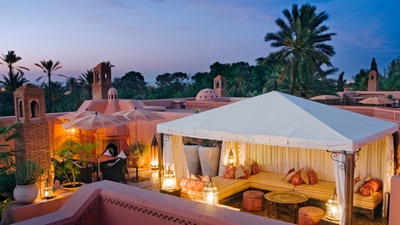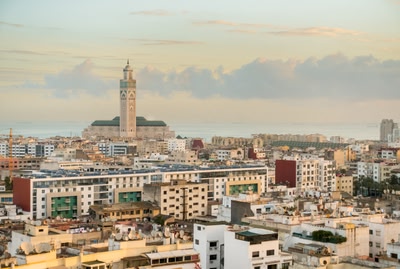Morocco holidays
Ancient and modern collide in this North African nation of medieval kasbahs, spice-scented medinas and searing desert landscapes. On a holiday to Morocco, you might find yourself browsing a chic boutique one day and scaling the ever-shifting dunes of the Sahara the next. And with its deep African, European and Arabian influences, Morocco’s artistic expression spills onto the streets with stunning tilework, brightly painted buildings and more.
Top destinations in Morocco
Morocco: fast facts
Language
Arabic
Currency
Moroccan dirham (د.م.)
Time zone
UTC+1 (CET)
Morocco holiday highlights
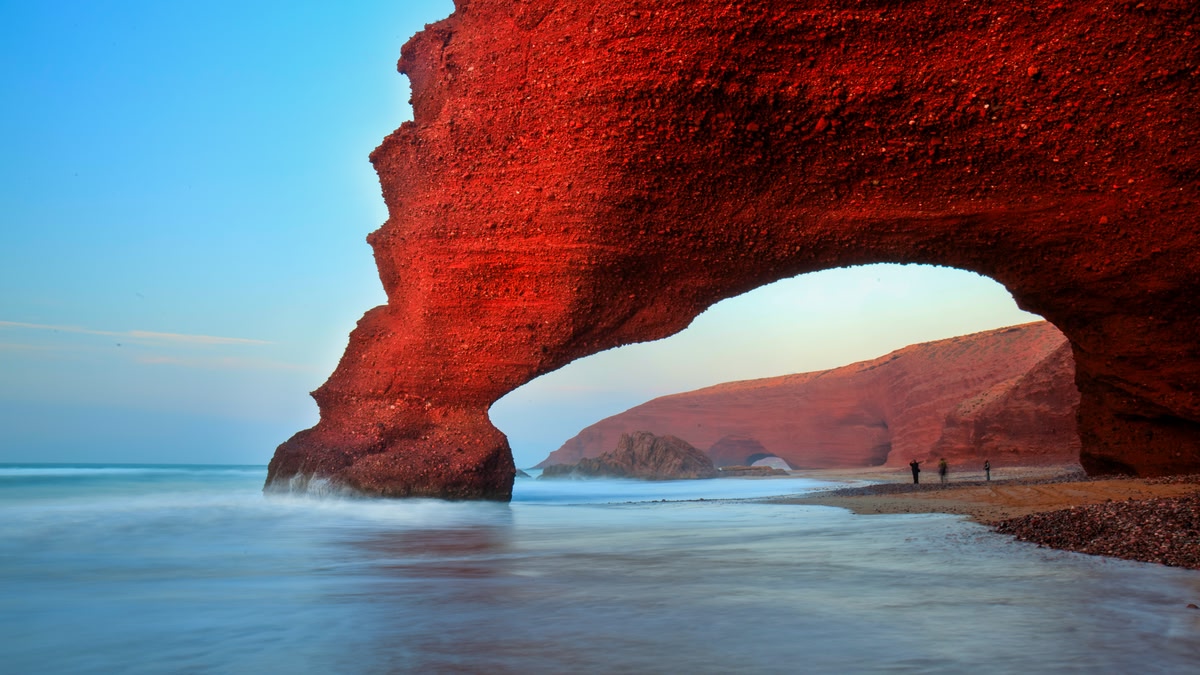
Wander the medinas
At the centre of many Moroccan cities is the medina, the ancient neighbourhood from which everything feeds. These fascinating networks of alleyways offer a peek into the past and are filled with ‘riads’ (traditional homes with inside gardens), sprawling ‘souks’ (markets), tea shops and mosques. Several medinas are UNESCO World Heritage sites, including the ones in Marrakech, Fes and Essaouira.
Visit a kasbah
If you’re looking for unique things to do in Morocco, pay a visit to one of the country’s many kasbahs — ancient earthen fortresses. These wonders of Arabian architecture have been transformed into museums, luxury hotels and restaurants. Kasbah Toubkal is now a stunning eco lodge in the High Atlas Mountains, while the kasbah in Tangier offers sweeping views of the Strait of Gibraltar and the Spanish coast.
Shop for handicrafts
Morocco has a rich culture of artisan craftsmanship, and wandering the souks to find the perfect souvenir is an exciting treasure hunt. Items to look out for are colourful, hand-woven rugs (often with distinct diamond patterns), metal and glass lanterns, and leather goods like slippers, bags and pouffes. Bargaining is common in the souks, so feel free to haggle within reason.


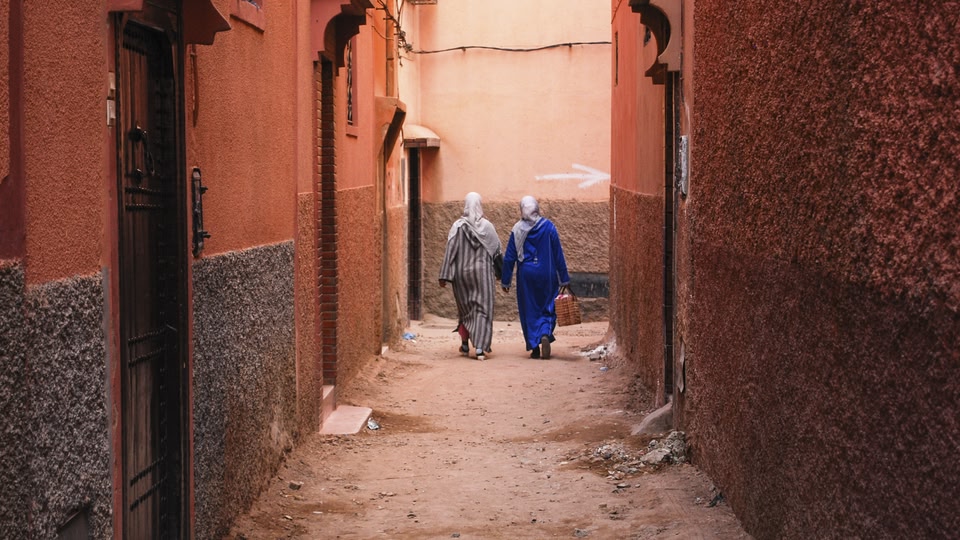
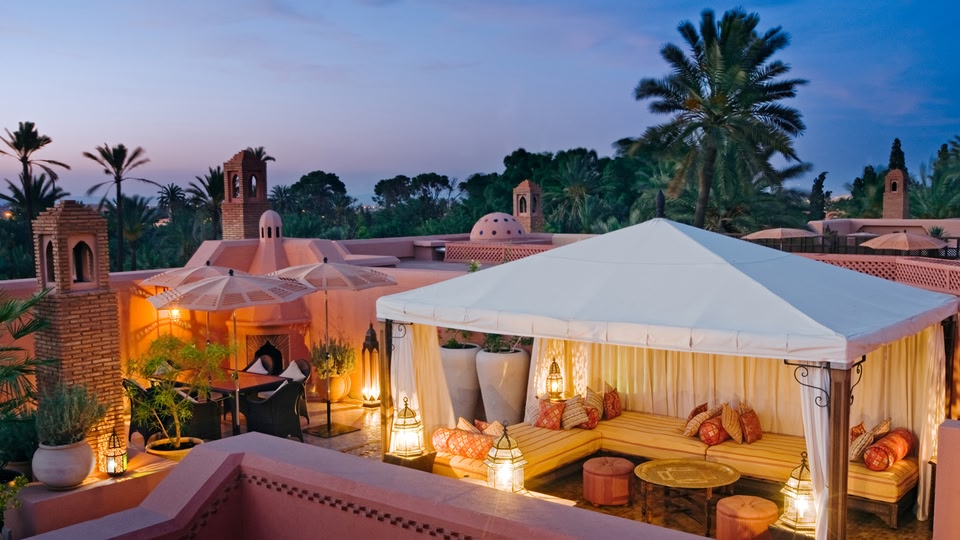


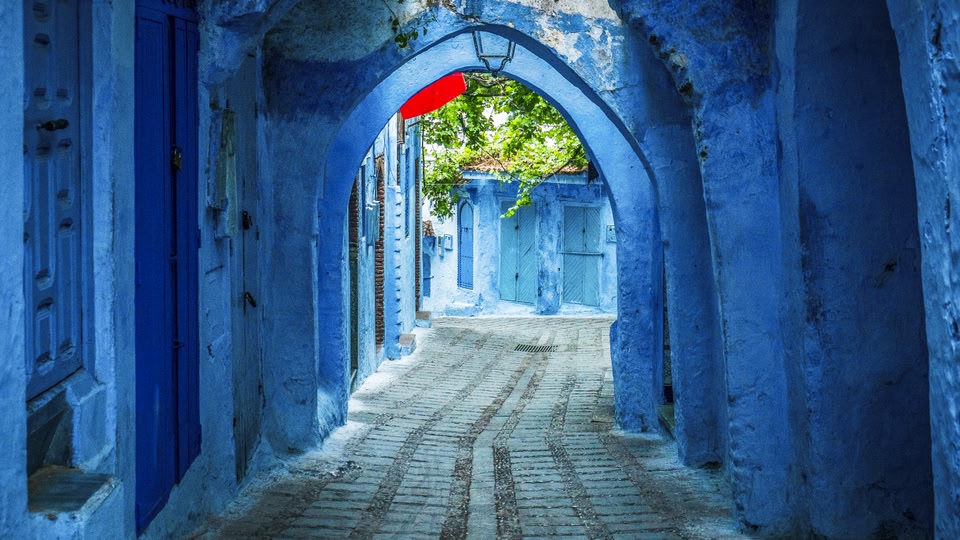
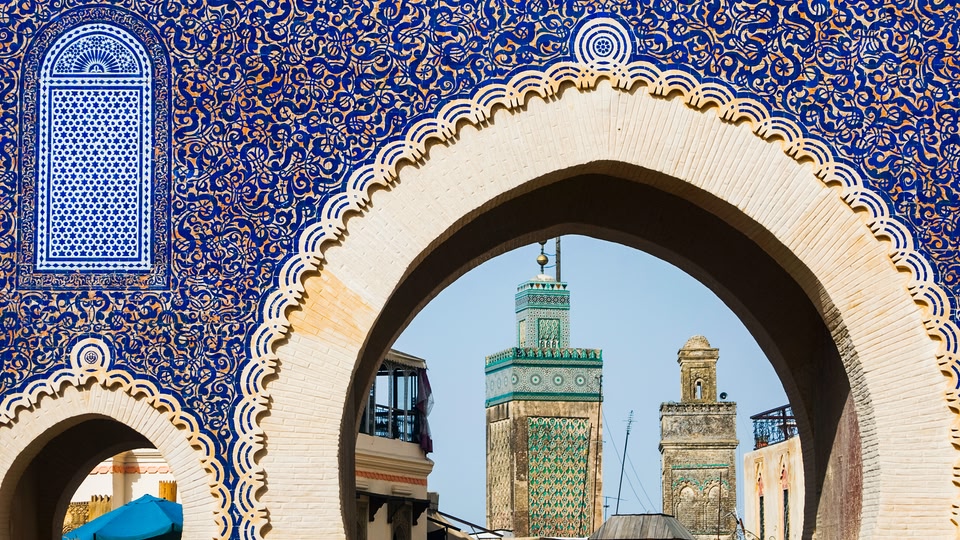
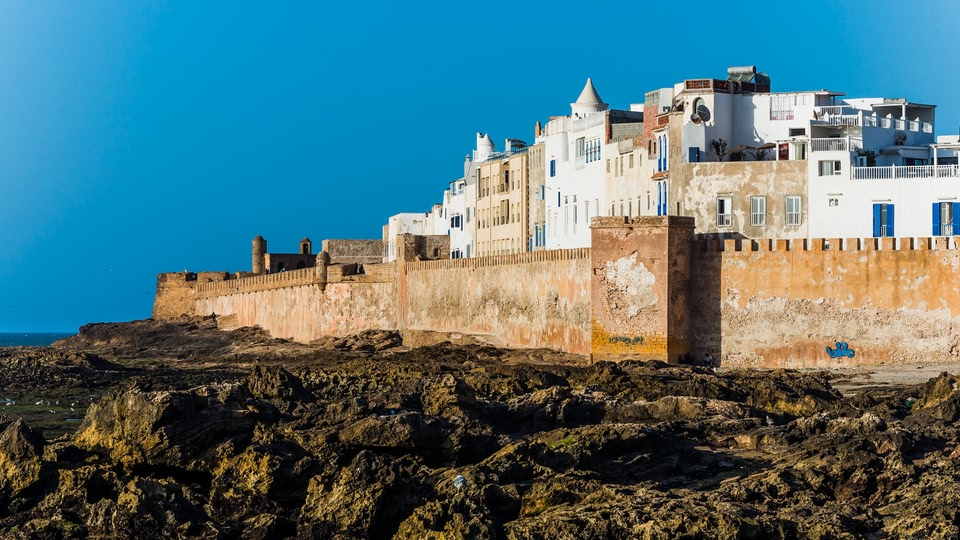
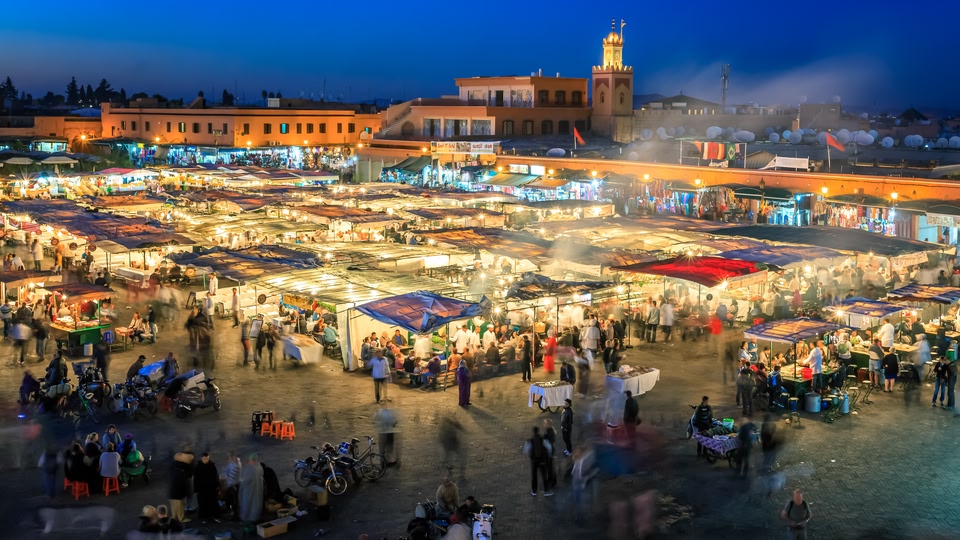

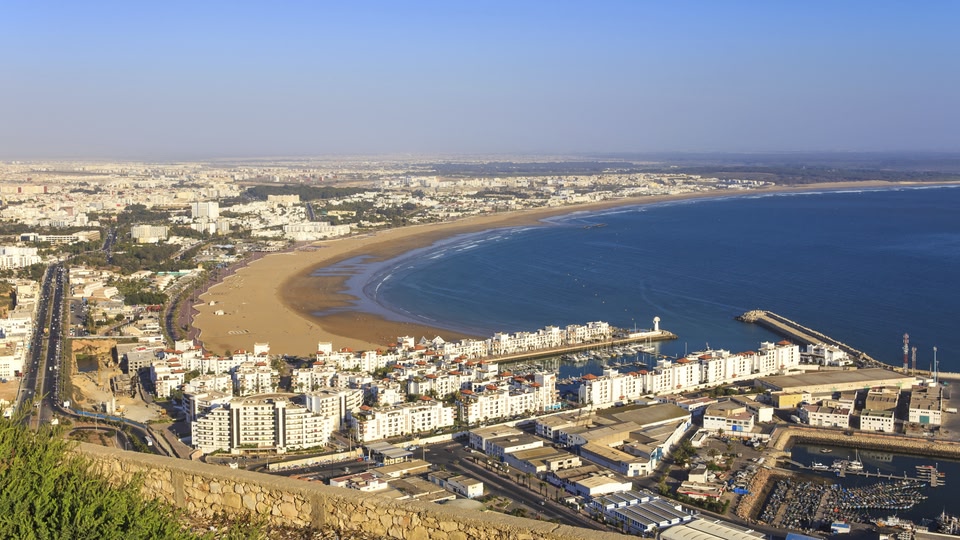
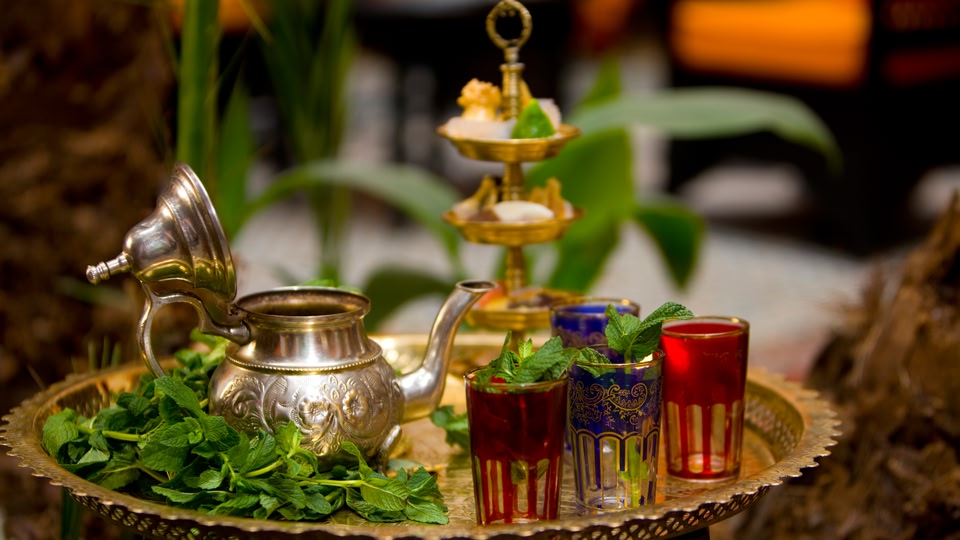
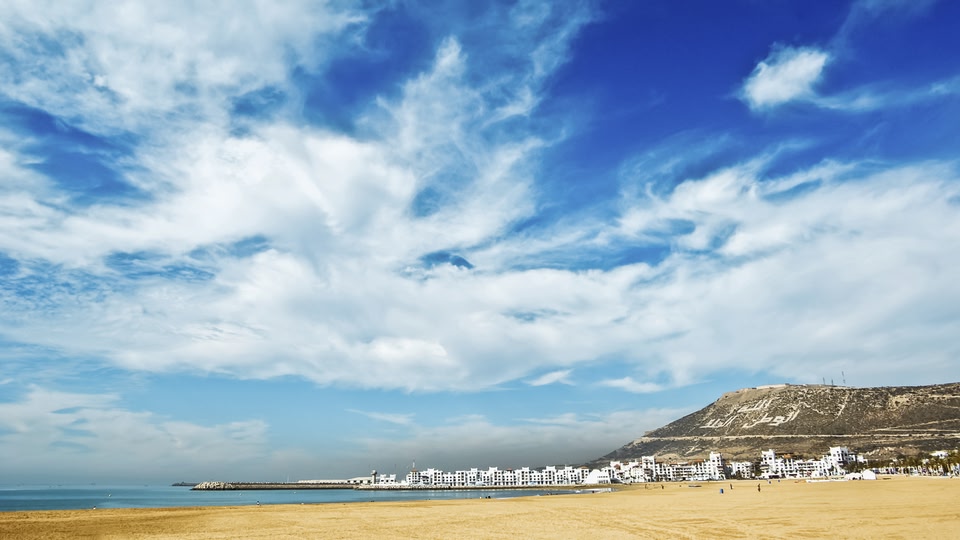

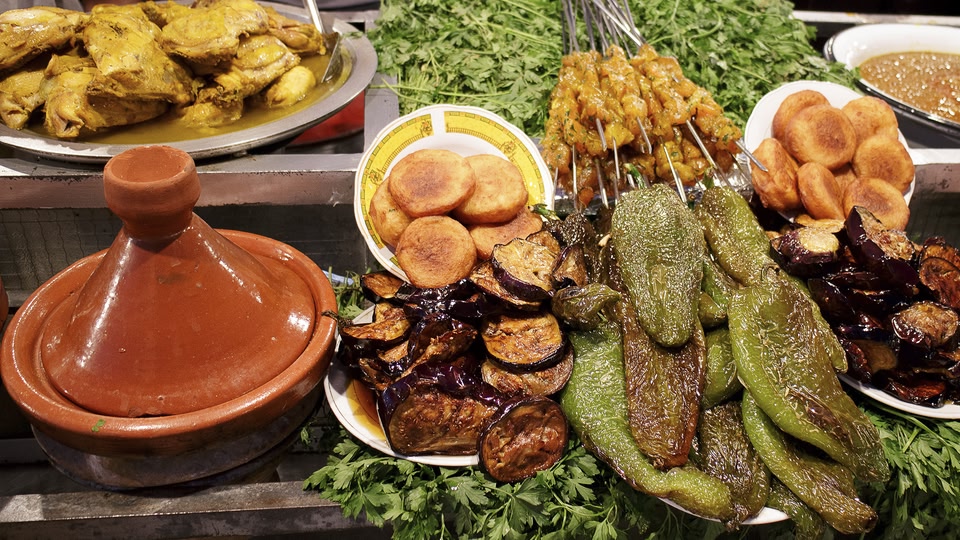
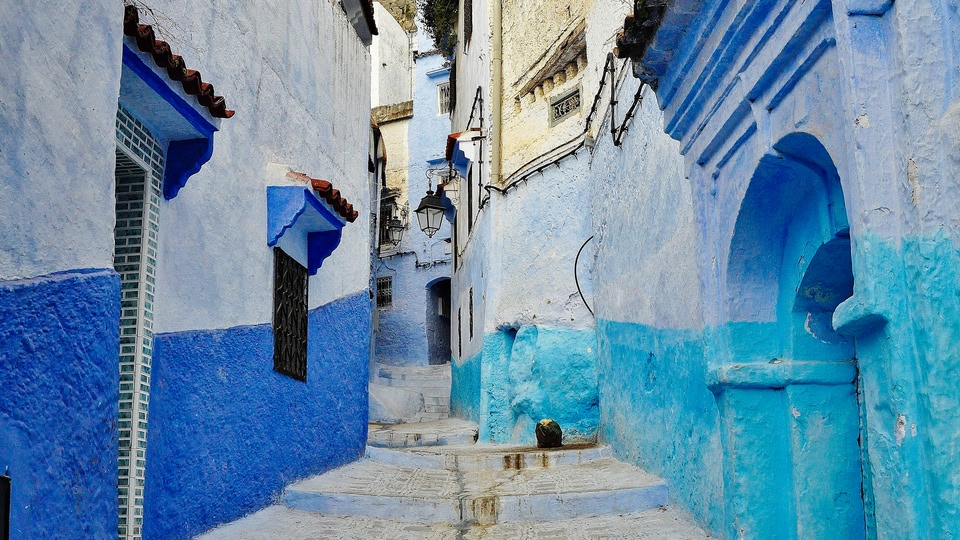
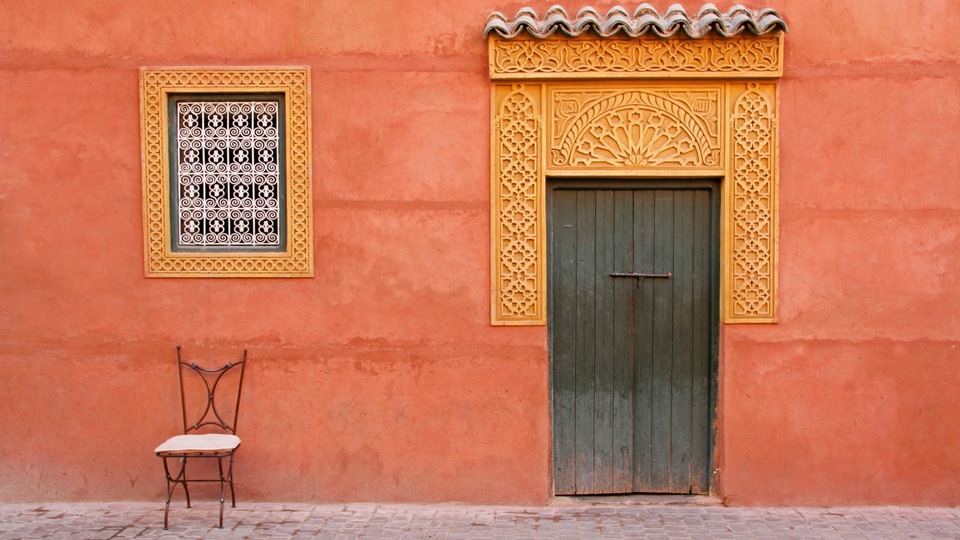
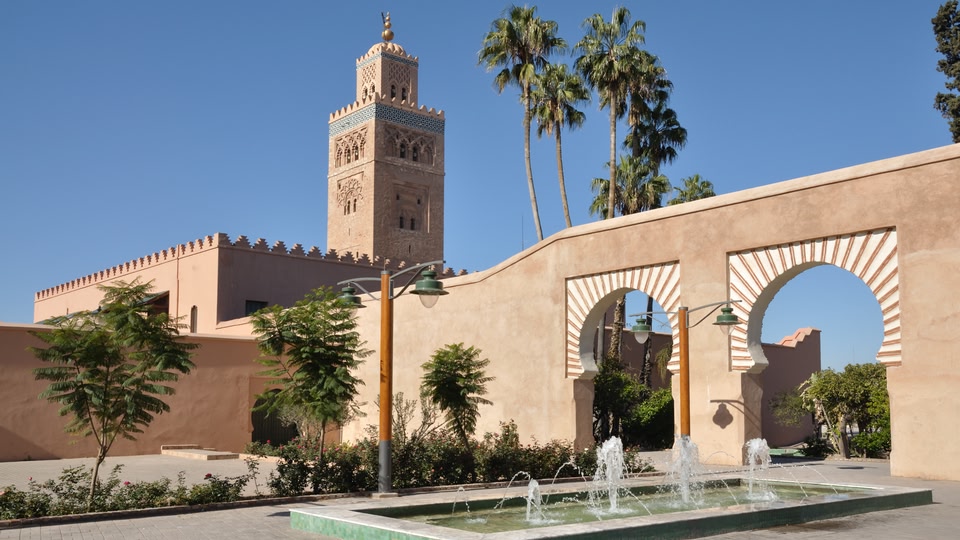
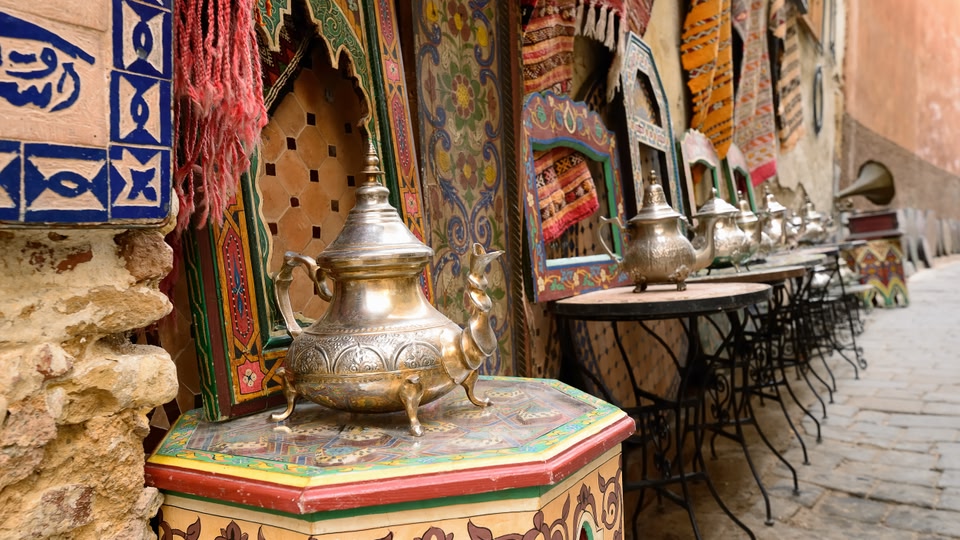
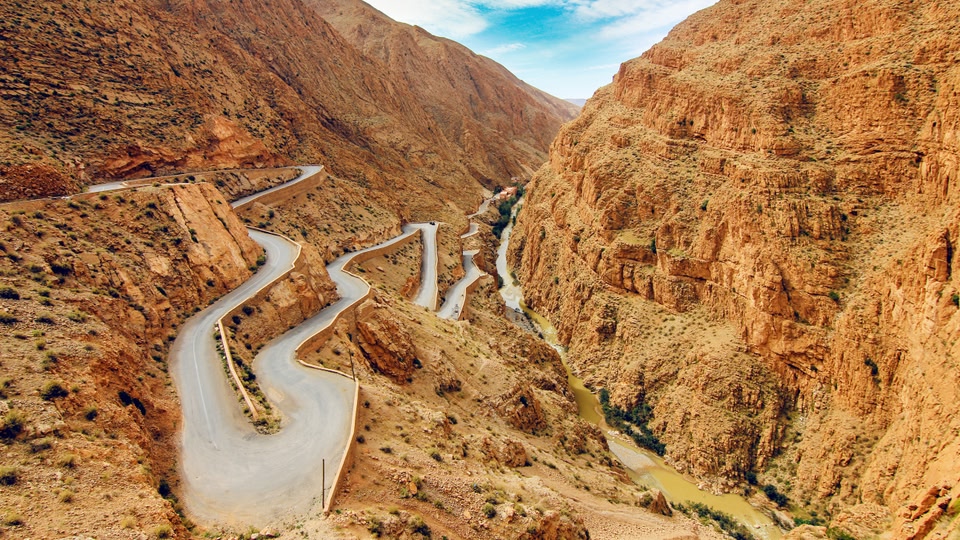


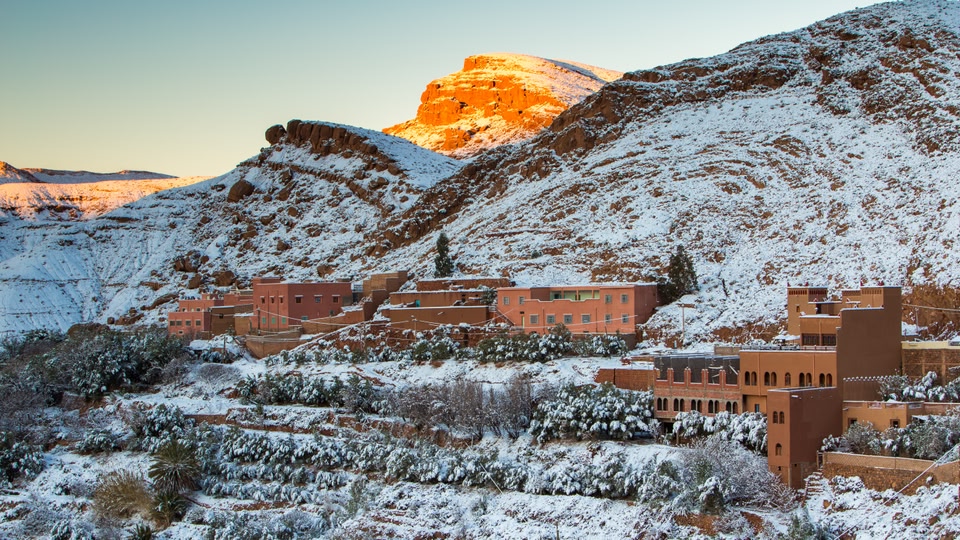
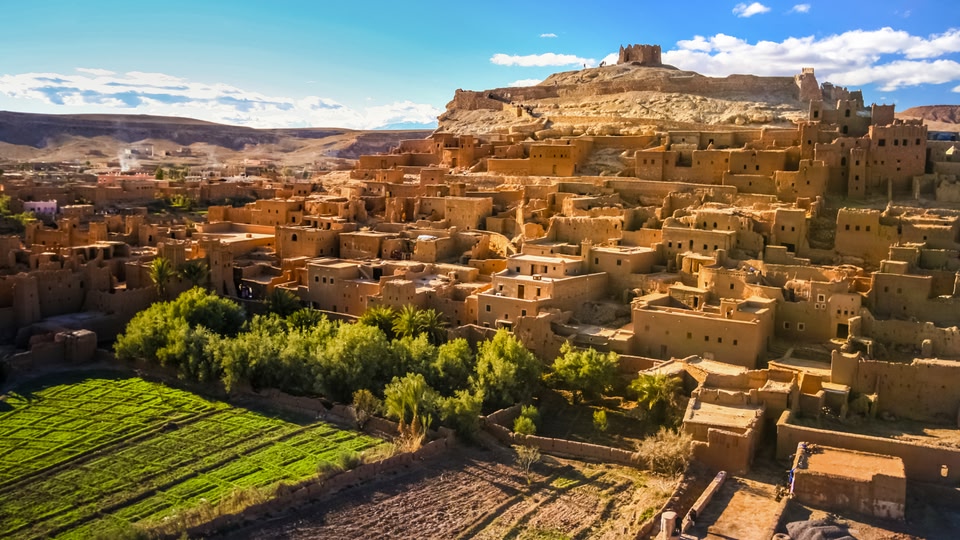
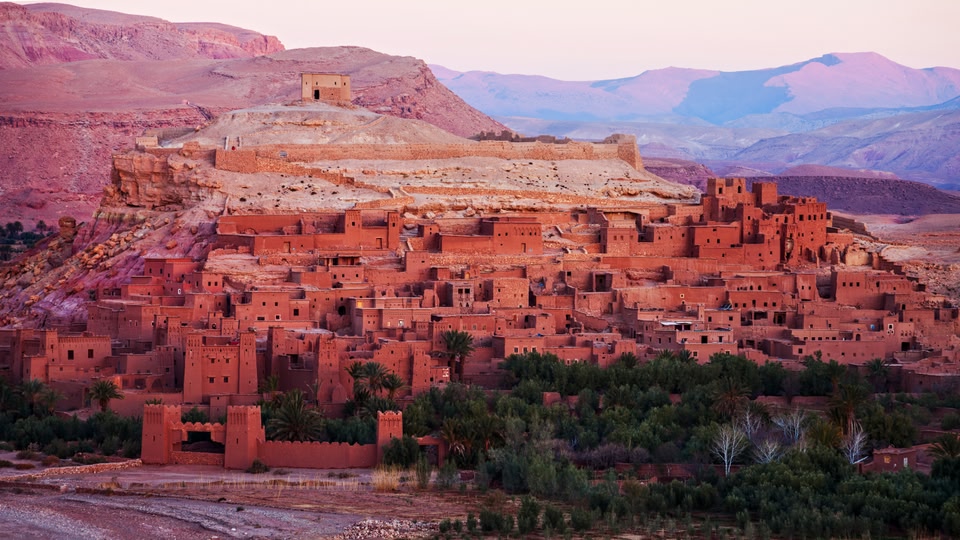
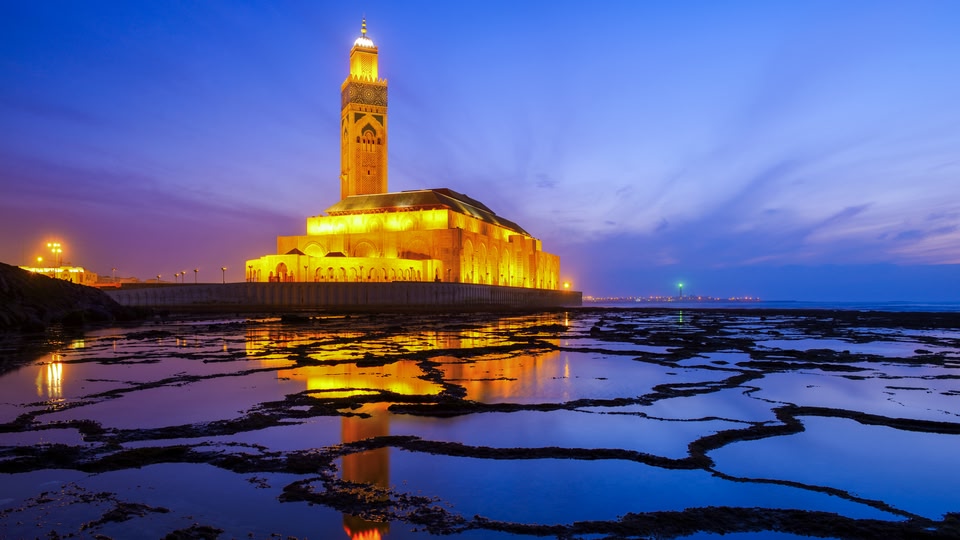
Things to do in Morocco

Top attractions
Koutoubia Mosque rises above the bustling Marrakech medina. Access to the interior is reserved for Muslim visitors, but its stunning grounds are enjoyed by all. One of the Ounila Valley’s best-preserved fortified villages, Aït-Ben-Haddou has appeared in ‘Gladiator’ and ‘Game of Thrones’. Wind sculpts the orange dunes of Erg Chebbi into dramatic, ever-shifting forms.
Beaches
As beautiful as the country’s desert, the beaches here let you explore Morocco’s laid-back side. The artsy port city of Essaouira boasts a white-sand beach perfect for windsurfing. Head to the fishing village of Taghazout to surf Morocco’s famous waves. Or spend a day at Saïdia for relaxing warm-water swims and plenty of amenities.
Nature
From lofty mountains to arid deserts, Morocco’s nature punches up the drama. Experience the otherworldly landscapes of the Sahara Desert at Erg Chebbi, a sea of sand filled with towering dunes. Go for a hike in the High Atlas Mountains, home to North Africa’s tallest peak, Toubkal. And explore Iriqui, the country’s largest national park, where you’ll find migratory birds, gazelles and hyenas.
Culture and museums
The museums in Morocco celebrate the ancient and the modern. At the Museum of History and Civilisations in Rabat, artefacts tell the story of Morocco from prehistory to the Roman settlements and beyond. The Mohammed VI Museum features contemporary works by local and international artists. And the Musée Yves Saint Laurent spotlights the French fashion designer’s work.
Cuisine
Showing off Arabian, African and European flavours, Moroccan cooking pops with spices like cumin, turmeric and cinnamon. The best restaurants in Morocco range from humble kitchens to Michelin-star stunners. Comb menus for traditional ‘tagine’, a tender, stew-like dish slow-cooked in a ceramic vessel of the same name. The country also has a thriving wine region and produces a pale variety called ‘gris’ or grey wine.
Family friendly
Magicians, storytellers and other performers captivate visitors in Jemaa El Fnaa, the main square in Marrakech. On a hot day, cool off in a lazy river or ride the waterslides at Oasiria water park in Marrakech. The hiking trails at Ifrane National Park are perfect for spotting wildlife like the Barbary macaque.
Find the best time to visit Morocco
Weather in Morocco
March – May: Spring is pleasantly warm by the coast, and the Sahara isn’t too hot — 30°C on the high side. But be aware of occasional sandstorms in the desert.
June – August: In Marrakech, temperatures often climb above 40°C. Sea breezes in Rabat and Tangier keep things more comfortable.
September – November: Autumn is one of the best times to visit Morocco if you’d like to see the whole country. Days are warm and the desert nights aren’t too chilly. The rains usually begin in late October.
December – February: Winter is chilly and wet. Nights in the desert can dip below freezing, and the Atlas Mountains often see some snow.
Events in Morocco
Yennayer (January): Morocco’s Indigenous Amazigh people celebrate the new year with parades and epic feasts. In Agadir, enjoy music and dance in gardens across the city.
Almond Blossom Festival (February): As almond trees bloom, the mountains turn pink and white. In Tafraoute, locals celebrate with traditional music, dancing and tastings of ‘Amlou’, a sweet almond and honey spread.
Timitar Festival (July): Amazigh artists join global stars at this popular music festival, with hundreds of performers taking the stage across Agadir. Crowds gather to enjoy a mix of local talent and world music in open-air venues.
National Festival of Popular Arts (July): El Badi Palace in Marrakech becomes a stage for traditional performances from around the world at this arts festival.
